Paul Goldsmith traces the sonics of Islam in Kenya and questions if a shifting consciousness among the country’s marginalised Muslims is the result of an increasingly politicised faith or the opportunistic agendas of local and multinational forces?
Islam is not a noisy religion. Acoustically, the five calls to prayer, the rhythmic drone of Quranic recitation, sonorous communal salah and dua, lectures and roundtables featuring bearded scholars in generic white caps and gowns share a languid quality. Even the Maulidi, a ceremony celebrating the birth of the Prophet, opposed by many modernist sheiks due to the use of musical instruments, such as the small traditional flutes and tamboura, is gentle on the ear and mind.
The ubiquitous use of loudspeakers to amplify these sounds does not alter the observation; the noise generated within the Islamic cultural domain is relatively low volume, especially relative to the noise marking the presence of Christian evangelical churches.
But Kenya’s Muslims are quiet no more.
What Islam scholar Donal Cruise O’Brien described as ‘Sufi quietism’, referring to the political passivity of Kenya’s Muslims, has given new sounds – from the strident declarations of the takbir (Allahu Akbar) in public meetings to the violent ‘bang, bang, bang, kaboom’ perpetuated by Islamist radicals.
Kenya is a very noisy country – acoustically and politically. New laws designed to reduce the racket in public spaces have yet to impact, and the same can be said about the influence of the nation’s new constitution on the distortionary noise of its tribal politics. The reawakening of local Muslim political consciousness is ostensibly a positive development in these settings. Comprising 20 per cent of the population, Muslims are Kenya’s largest minority; adding their voice to the political cacophony should both advance their own socioeconomic status and allow the multi-ethnic electoral block they represent to play a constructive role as a non-tribal third force.
The sonics signaling the presence of political Islam in Kenya, audible far beyond East Africa, led military analysts to designate the region a primary theatre in the war on terror. In addition to the latent backlash accompanying the mounting toll of local destruction and human suffering, the jihadi-raised racket complicates the aspirations of Muslims within Kenya’s conflictive political arena.
Despite the positives, efforts to unify the Muslim community as an electoral force tend to generate more animosity than practical benefits. Muslim activism often feeds the polarities that define Kenya’s political arena. The agitation for citizenship rights and greater inclusion – bringing Muslim communities closer to the political mainstream – is prejudiced by the alienating influence of radical Islamist ideologies and the growing incidence of domestic terrorism. A memorandum of understanding between Muslim leaders and the main opposition party (the Orange Democratic Movement) prior to the 2007 elections, for example, unleashed a vociferous backlash in churches in pro-government areas, the terrorism issue legitimising the hate speech emanating from the pulpits of mainstream and evangelical Christian pulpits.
But are these noises accompanying Muslims’ changing political consciousness attributable to a common source, like the rise of political Islam – or is it vice versa? The contrast between political influences and events underpinning this situation pose a contradiction between the ‘religion of peace’ and the steady and increasing incidence of attacks on civilians since the embassy bombings of August 1998 set the current cycle in motion.
The Sonics of the Citizenship Problem
British governance hardened the formerly fluid ethnic identities, racial hierarchies and economic classes, replacing the co-evolutionary dynamics of communal interactions underpinning the Swahili-Muslim model’s previous ascendancy. The soft edges of Swahili identity did not fit the square hole of post-independence ethnicity in Kenya, tribal identity underpinning what Stephen Njuguna explains as a form of citizenship based on ‘dual nationality’. Kenyan dual nationality refers to the reality where individuals owe allegiance to the Kenya nation, but also to their tribe – the latter typically taking precedence within the country’s political economy, and especially during episodes of communal violence.
The Swahili’s lack of tribal orientation coupled with perceived external origins to weaken their claim to citizenship in the post-independence order. The attachment of coastal communities in general to their traditional lifestyle and failure to embrace western education aggravated their weak position in the Kenya polity. The syndrome has led to large-scale alienation of land and the general pattern of their social and economic exclusion in contemporary Kenya.
In an article on the acoustemology of the Swahili core of Mombasa, Old Town, Andrew Eisenberg (2010) equates the Islamic soundscape with the indigenous inhabitants’ experience of dispossession and marginalisation. He states: ‘My task here is to listen in to the practices and politics of this multiaccentual public space; to hear the conditions of Muslim citizenship on the Kenyan coast.’
He analyses the ‘architectonics of Islamic vocalisations’ that resound in the public spaces of Mombasa’s historic Muslim-Swahili Old Town, and observes that:
In the Swahili context, humanly produced sound can also turn public spaces into sanctuaries. Indeed, for centuries, residents of Swahili towns and villages have used sound to distinguish their settlement from a surrounding wilderness, or one moiety within the settlement from the other.
Simply stated, where Muslim minorities elsewhere adopted pro-active methods to defend their neighbours (the example of Pagad in South Africa comes to mind), coastal Muslims have adopted a more passive strategy to defend their public-private spaces from further encroachment, and this is reflected in the urban soundscape.
After centuries of engagement with polities of the western Indian Ocean rim, political debates on the Swahili Street tended to focus on developments abroad. As O’Brien remarked: ‘the Kenyan political situation was perhaps too depressing to be considered worth extensive discussion…’
This propensity could generate certain political ironies. I was in Lamu working on a civic education project in 1996 on the day when the town’s new member of parliament, who represented what is arguably the most excluded and marginalised district in the Republic, faxed us the text of his maiden speech, which called on the Kenyan government to speak out against the abuses suffered by Muslims in Bosnia.
For decades the politically quiet, cosmopolitan, and socially tolerant sanctuaries of the coast also provided a unique neutral zone largely free of violent crime for western tourists and the well-to-do Kenyans who, following the footsteps of Kenya’s head of state, flocked to Mombasa for their December vacations.
The rumblings caused by the move to create a Muslim political party, the unregistered Islamic Party of Kenya, during the early days of multi-party politics, and the Embassy bombings of 1999 and the Kikambala attacks in 2003 – both engineered by al-Qaeda sleepers, most of whom were embedded in coastal communities – did little to upset perceptions of the coast as a safe haven immune to the political violence erupting in other areas of Kenya.
For decades, the Swahili Arab community remained the unquestioned seat of Islam in Kenya, the ulama in Mombasa acting as the principle arbiter of religious orthodoxy. Although Saudi agencies have played a prominent role in building mosques, funding rural madrassas and sponsoring coastal students for religious studies abroad since the 1960s, Muslim institutions and imams effectively resisted foreign attempts to promote the Wahhabi ideology and practices so instrumental in fomenting Islamist radicalism in Asia and other regions of Africa.
Coastal hegemony in the religious sphere has, however, been overtaken by the influence of Nairobi-based Islamic institutions and organisations. This trend was, for the most part, a product of the new Muslim activism, which piggybacked on the rise of Kenya’s civil society during the 1990s. Initially catalysed by western support for politically active NGOs lobbying for multi-party democracy, the revival of Muslim voices and political participation was complemented by the superior institutional clout and support for community causes offered by Muslim elites in Nairobi and larger upcountry towns. Muslim voices on the coast, meanwhile, struggled to rise above the matrix of parochial issues, ethnic divisions and political factions that also inhibited the workings of a nascent Muslim civil society.
The leadership shift proved adaptive for developments, including the succession of major terrorist incidents, the penetration of jihadi ideologies among the Somali and the activities of al-Shabaab, further complicating the task of Muslim religious leaders and politicians. Muslim advocates used the western agenda for human rights and governance reform to counter the damages incurred by securitisation policies spearheaded by the neo-con warriors of the Bush era.
While the coast leadership was passive in comparison, the province also remained true to its non-violent profile – until a new array of political noises acted to reverse the status quo. Islamist Islam is noisy and poor governance has contributed to the racket. The sounds include a spate of bombings targeting churches and discos, the arrests and extra-judicial killings of two Muslim sheiks, the unprecedentedly brutal eruption of communal violence in the Tana River Delta, and the emergence of the Mombasa Republican Council, a homespun secessionist movement that popularised their Pwani si Kenya (the coast is not Kenya) mantra across the coastal strip. This cacophony raises important questions about the role of Islam in these developments.
Islam in Kenya: contradictions and discontinuities
The issue of the Islamic variable in Kenya reflects several paradoxes: the first is that, while the institution of Islam has proved resilient in contemporary settings, it continues to expand, yet is countered by the demonisation and the weak position of the Muslims themselves within regional power relations. Unlike many other issues of governance, it is hard to attribute this solely to the role of the state.
The global war on terror (Gwot) forced the Kenyan government to walk a narrow path between complying with the United States and the growing domestic radicalisation its policies fed. To its great credit, the government displayed restraint with respect to some of the demands being made. Uncle Sam was certainly not happy when the government repeatedly delayed passing a draconian new anti-terrorism act and a series of terror suspects were acquitted in court due to lack of evidence. Then again, it managed to offset any grace earned by participating in the illegal renditions of locals to Addis Ababa and by not taking action when Kenyan citizens, such as the human rights advocate, Al-Amin Kimathi, and several other innocent Muslims, were illegally detained in Kampala after the 2010 World Cup blasts in that city.
The ineffective and often bungling character of state security is the larger paradox here. While the state has managed to alienate the Muslim community through its alternating process of participation and silence over counter-terrorism measures and its provision of the security as a public good (in partnership with the US to combat transnational threats), its scattershot and heavy-handed efforts have acted as a force of radicalisation on the ground.
Nothing illustrates this better than the freedom al-Shabaab operators have enjoyed within Kenya and the security agency’s ‘Keystone Cops’ type response to two kidnappings of tourists in Lamu in 2011. If the latter ostensibly provided the trip-wire for the Kenya Defense Forces’(KDF) October 2012 invasion of southern Somalia, more seasoned observers discerned other motives, including the ‘capture’ of Gwot funds being doled out to Uganda, Burundi and Ethiopia. The army accomplished its mission by crossing the border and then sitting outside Afmadow for months. Although the KDF eventually took Kismayu (with the Ras Kiamboni Somali militia apparently doing the heavy lifting on the ground), a major engagement with the ‘enemy’ never took place.
The real battle, in any event, was between al-Shabaab’s internal international jihadi and Somali nationalist factions. Before his quasi-accidental death at a Mogadishu roadblock, al-Qaeda superstar, Faizul Mohammed, had opposed the strategy of holding territory as a governing entity. Faizul advocated that the insurgency’s goals would be better served by melting back into the civilian population.
The KDF incursion successfully implemented this policy where Faizul had failed. Following the KDF ‘victory’, al-Shabaab’s noise-making activities in Kenya immediately ramped up. A succession of small attacks on civilians in public spaces and churches followed, and it should be noted that the Kenyan people did not overtly politicise the religious factor in this strategy shift.
The number of ethnic Somalis in Kenya has increased since the collapse of Syad Barre’s Somali government in 1991. Although most have contributed to the local economy and transformed the Nairobi neighbourhood of Eastleigh into the Horn of Africa’s most important commercial hub, a small but significant minority brought their Islamist baggage with them.
So, on one hand, it is easy to perceive the violence as mainly a result of the presence of radical Somalis in Kenya, but this explanation effectively expired following the ghastly Kampala blasts. It turned out, on the other hand, that most of the individuals involved in the operation were not ethnic Somalis, but heterogeneous African Muslims recruited to the Islamist cause; the spate of explosions directly linked to the ‘defeat’ of al-Shabaab in southern Somalia and Mogadishu, revealed the same ethnically heterogeneous networks.
The appeal of conversion derives from the religion’s self-organising capacity. Islam provides the convert with a simple but comprehensive plan for reorganising life around a spiritual discipline, buffering the uncertainties of material existence. Adherence to a regime of sobriety, prayer, fasting and the principles governing public affairs and family life guarantees the sincere believer stability in this world and rewards in the next.
Islam offers a straightforward accountancy system, in which ‘an atoms weight of good and an atom’s weight of evil’ are equitably weighted within a closed system, free of externalities except the bountiful mercy of Allah. The reality, however, acknowledges that the agents escorting the convert into this new life often play a highly influential role in the process of Islamisation, especially among the poor, which explains their susceptibility to recruitment.
The pattern of contemporary jihadi activity thus gives backhanded support to our thesis about the indigenous character of African Islam and the decentralised nature of religious organisation. Pentecostal Christianity also conforms to this pattern in many ways.
After the horrific violence of the Embassy bombings, Christians underscored the importance of forgiveness, and for generations the vast majority of Muslims, who have seen decades of human rights abuse, loss of land and property, and systemic social exclusion, have responded the same way. A conspicuous lack of bitterness likewise characterises the ‘noises’ made by individual Kenyan Muslim victims of counter-insurgency after their release.
Mohammed Kubwa, who was incarcerated along with members of his family from Siyu following the Kikambala attack, noted that he grew in faith and met some interesting people during his 18-month stay in Kamiti Prison. Al-Amin Kimathi, whose captors told him his year-long extra-judicial detention was an ‘experiment’, gave a series of lectures in mosques around the country after his release, extolling the need for governance reform.
These responses dovetail with the deeper essence of Islam figuring in Eisenberg’s assessment of Mombasa’s Old Town acoustics. The more problematic sonics of the opportunistic violence, repression, and incompetent attempts by regional states and their international patrons to provide security, emanate from self-appointed religious leaders and politicians who don’t really have any skin in the game.


















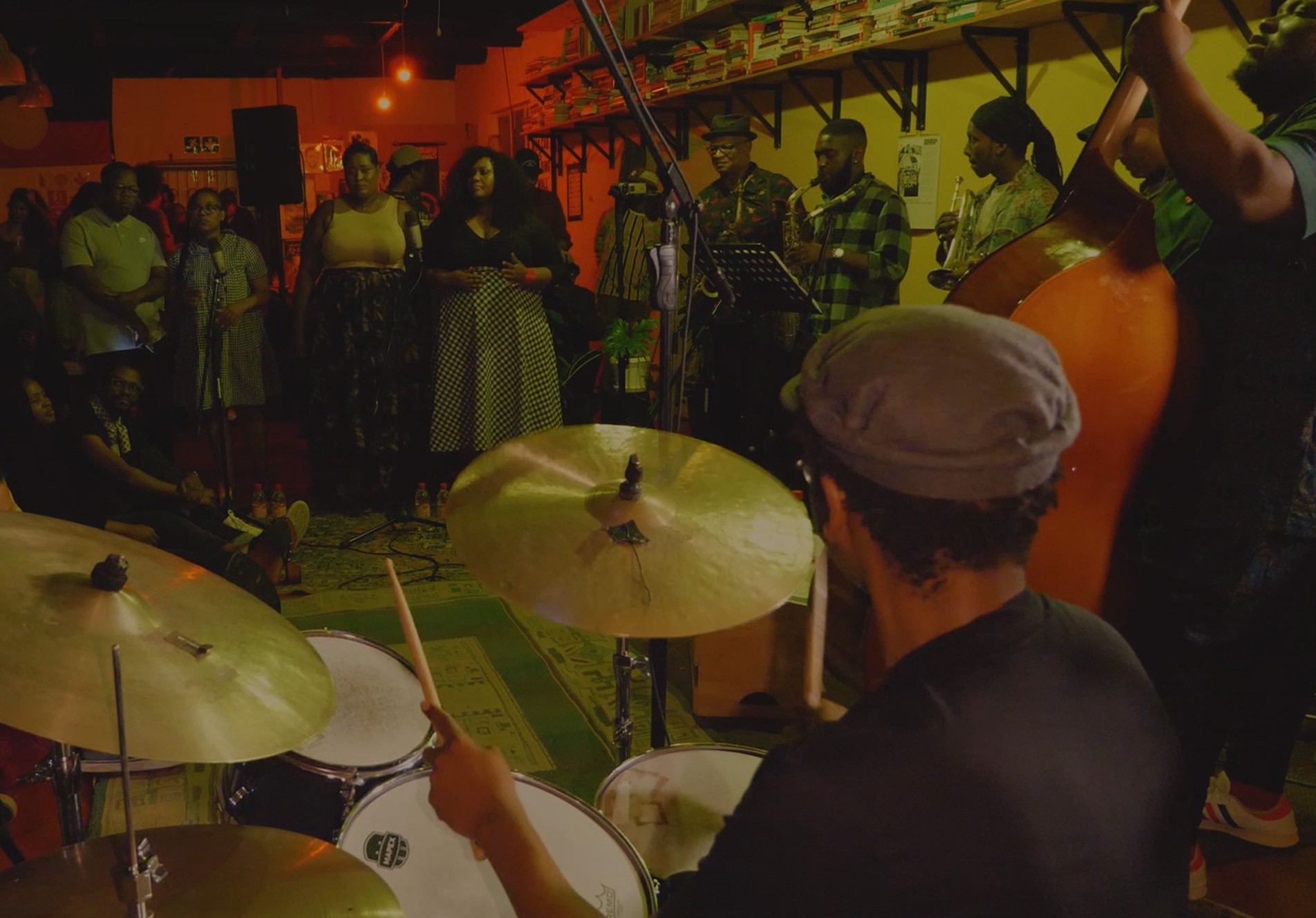



































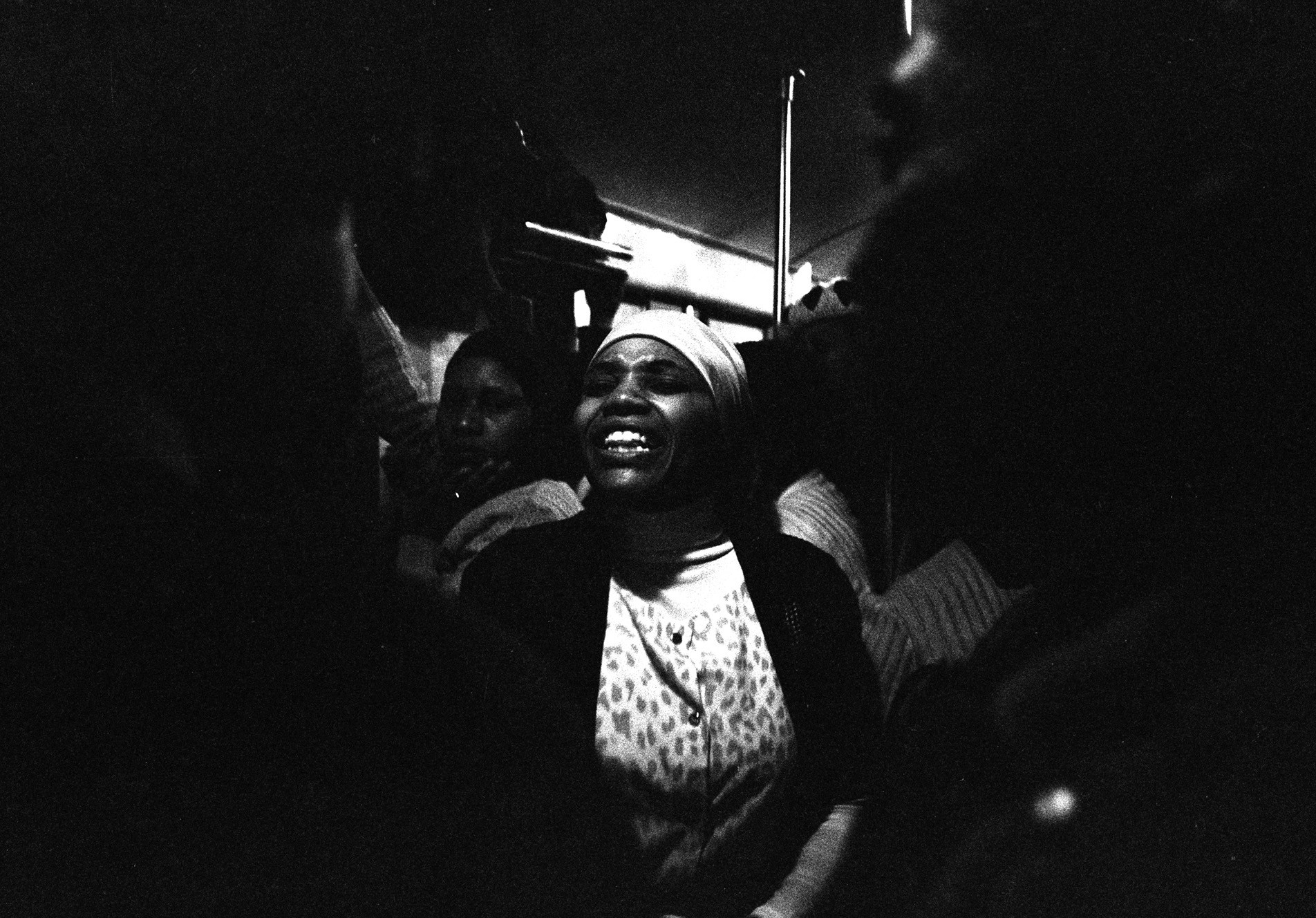

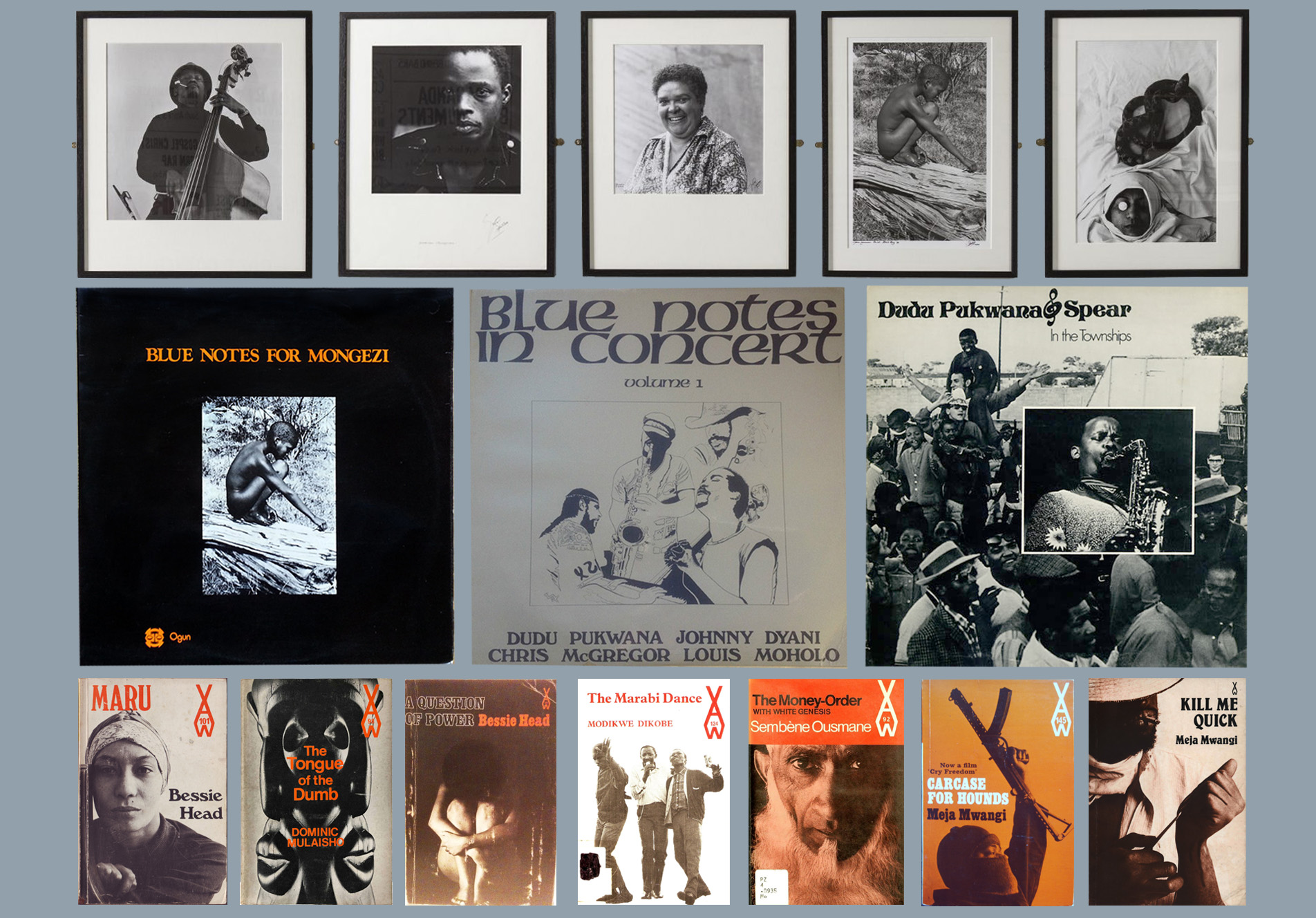







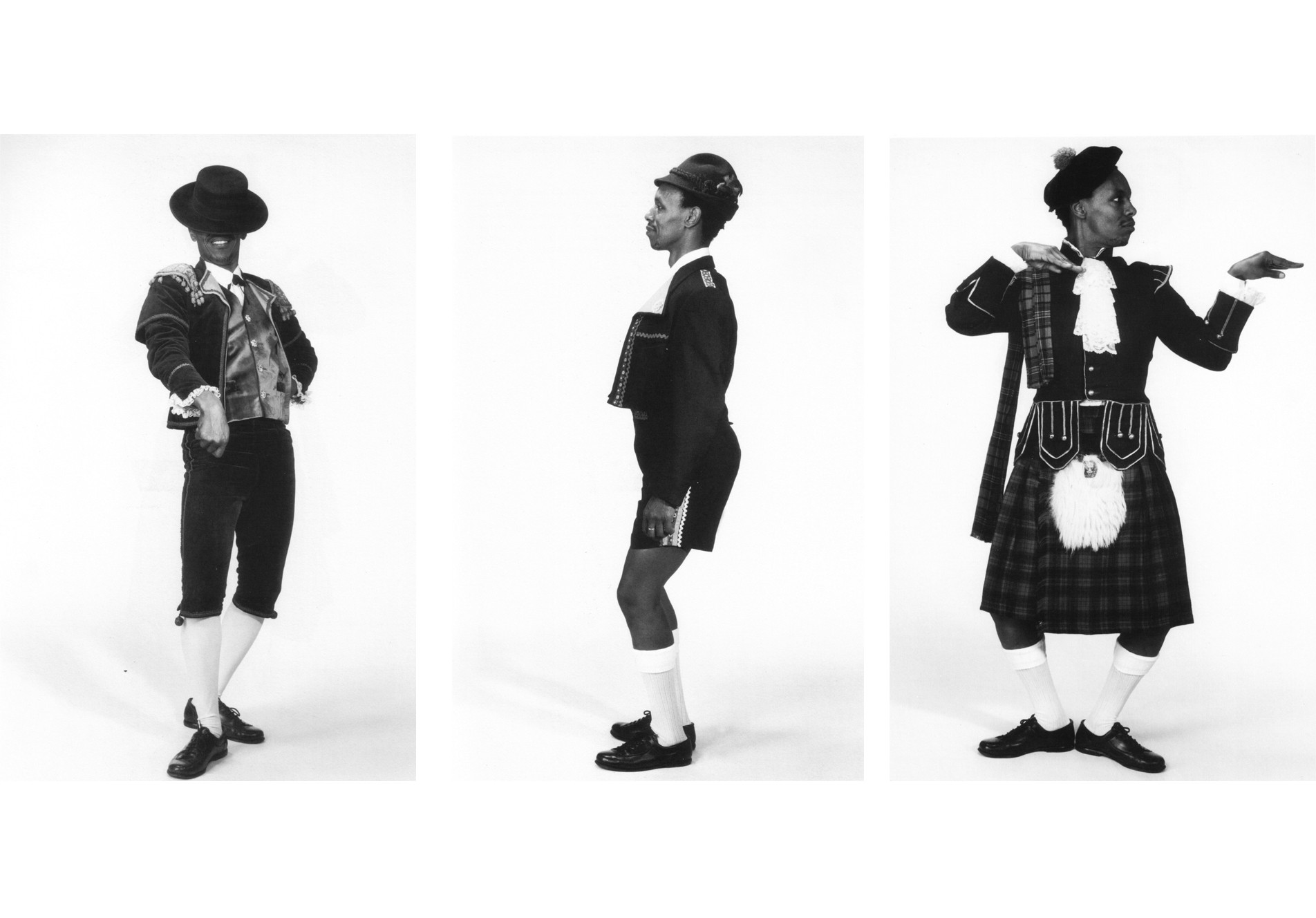

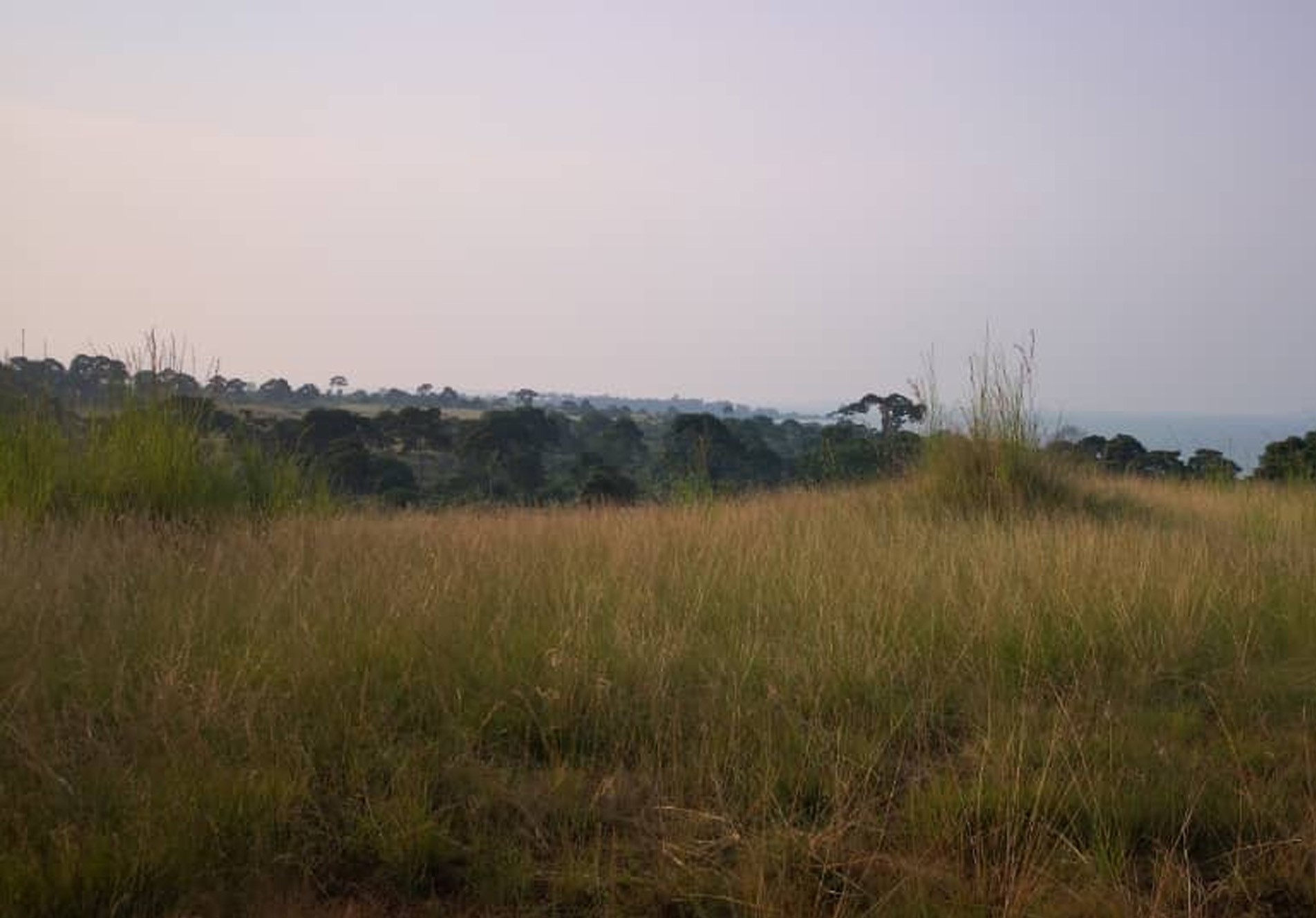










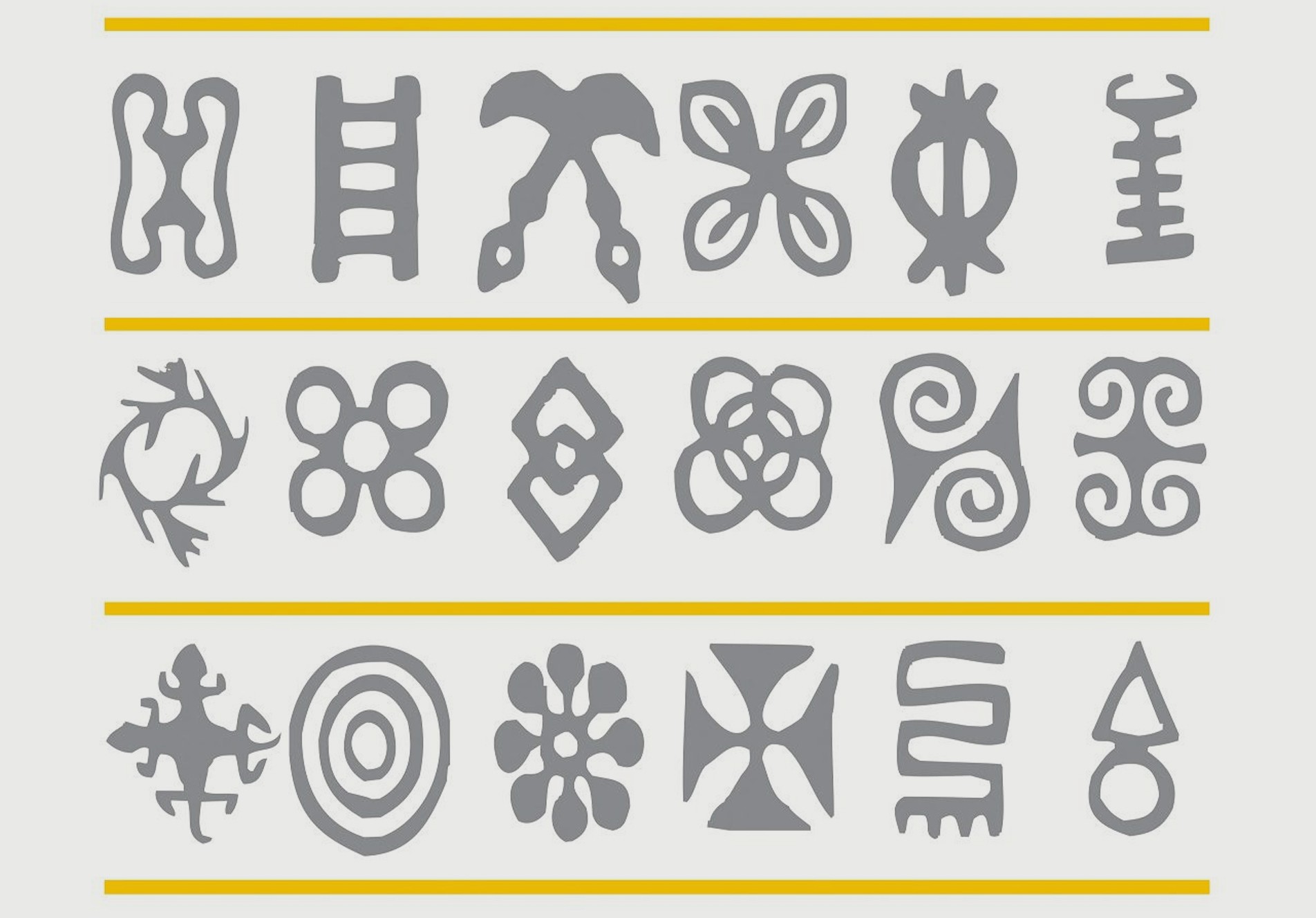

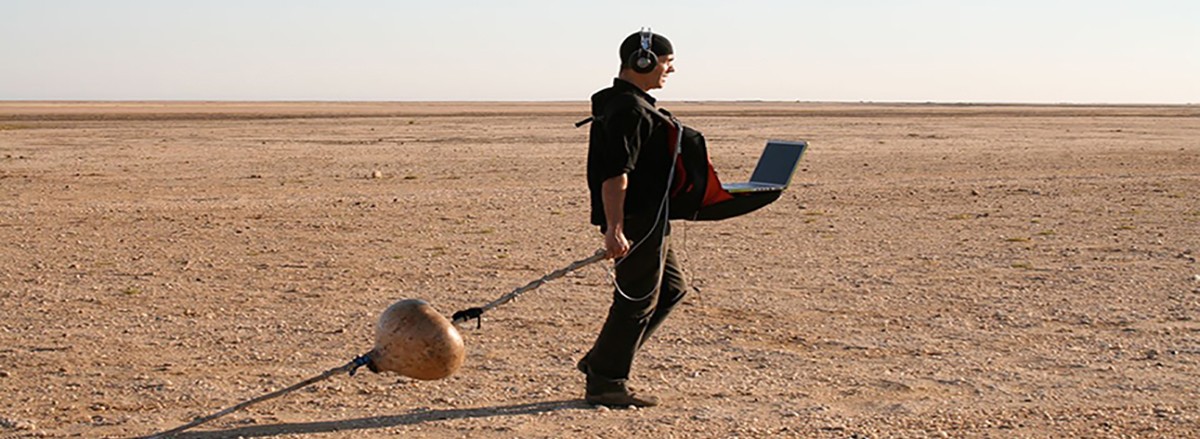



No comments yet.